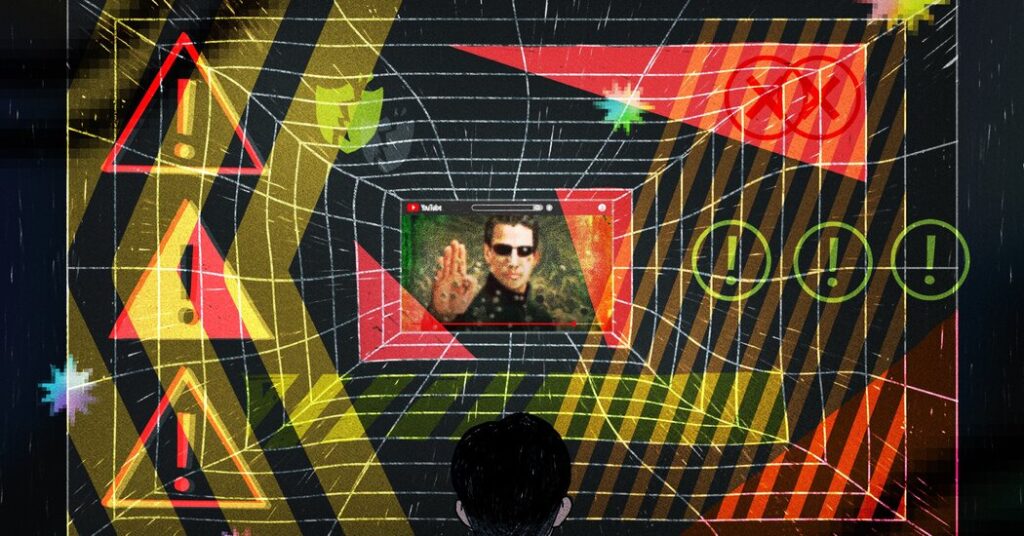Introduction
Despite YouTube’s long-standing efforts to combat copyright infringement, recent findings by Adalytics reveal a startling resurgence of piracy on the platform. Over 9,000 pirated movies, TV shows, and live sports events have been identified, accumulating more than 250 million views between July and May.
The Scale of Piracy
The content identified ranges from summer blockbusters to popular TV series and major sports events, indicating a broad and varied interest in pirated materials. This massive influx of unauthorized content highlights significant challenges in digital content management and the continuous battle against copyright infringement.
Impact on the Industry
The implications of such extensive piracy are profound. Content creators and rights holders face substantial losses, not just in potential revenue but also in the devaluation of their intellectual property. This situation also affects advertisers, who may unknowingly associate their brands with pirated content, potentially harming their reputation and diluting marketing efforts.
YouTube’s Response
In response to the ongoing issue, YouTube has been actively enhancing its copyright enforcement strategies. The platform’s efforts to identify and remove unauthorized content have been a cornerstone of its policy for over a decade. However, the persistence and volume of piracy underscore the need for more sophisticated and proactive measures to protect copyrights.
Looking Forward
As digital platforms continue to evolve, so too must the strategies to combat piracy. Innovations in content identification and rights management technology are essential to stay ahead of infringers. Moreover, collaboration between technology platforms, content creators, and legal entities is crucial in developing more effective deterrents against piracy.
Conclusion
The ongoing battle against digital piracy is a testament to the challenges of maintaining copyright integrity in the age of the internet. As YouTube and other platforms continue to confront these issues, the persistence of such activities serves as a reminder of the constant vigilance required to protect creative works in the digital era.
